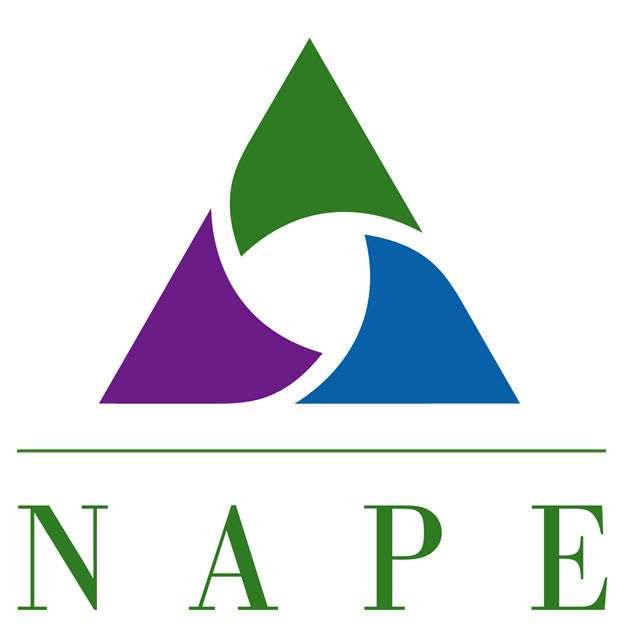Make the Future – NT 2.1 Closing the Gap with Perkins

The U.S. Department of Education’s Office of Vocational and Adult Education, commonly referred to as OVAE, administers and coordinates career and technical education (CTE). The legislation that governs CTE is the Carl D. Perkins Career and Technical Education Act of 2006 (Perkins).
Perkins states, ”The purpose of this Act is to develop more fully the academic and career and technical skills of secondary education students and postsecondary education students who elect to enroll in career and technical education programs” (Sec. 2). The intent of the federal funds provided by the Perkins Act is solely to improve and expand CTE programs, especially in terms of how students from special populations fare (OVAE, Perkins Collaborative Resource Network). The allocation of funds is through a formula based upon the states’ populations in certain age groups and per capita income. Thus, it is important to ensure you have accurate program data.
In order to play an effective role in strengthening your CTE program, it is imperative that you utilize current and longitudinal program level data to determine gaps and success in your program. Thus, teachers should be aware of, receive, and use data from their administration on a regular basis. For administrators, it is important that teachers receive not only current but also accurate data. Additionally, it is crucial that all educators are adept in its interpretation and usage in data-driven decision-making.
It is important for the entire system to work together to ensure that data is accurate and identify all students from special populations. Students from special populations include those who are:
- Disabled
- Displaced homemakers
- Economically disadvantaged, including foster youth
- English language learners
- Single parents, including pregnant or parenting teens
- Students participating and completing CTE programs that lead to employment in nontraditional fields (by gender)
| Disabled | Disability is defined in Section 3 of the Americans with Disabilities Act (ADA) of 1990 (42 U.S.C. 12102) as a physical or mental impairment that substantially limits one or more of the individual’s major life activities, such as caring for one’s self, performing manual tasks, walking, seeing, hearing, speaking, breathing, learning, and working. |
|---|---|
| Displaced homemakers | A displaced homemaker is an adult who has been out of the workforce, working to care for the home and children, and often has diminished or hidden marketable skills; has been dependent on public assistance or the income of a relative but is no longer supported by such income; or is a parent whose youngest dependent child will become ineligible to receive assistance under Part A of Title IV of the Social Security Act, is unemployed or underemployed; and is experiencing difficulty in obtaining or upgrading employment (American Vocational Association, 1998, pp. 88-90). |
| Economically disadvantaged | According to the Perkins Act, an individual from an economically disadvantaged family is one who is determined to be low income according to the latest available data from the Department of Commerce. |
| English language learners | The Carl D. Perkins Vocational and Technical Education Act of 1998 include individuals with limited English proficiency meeting one of the following definitions:
|
| Single parents | A single parent is an individual who is unmarried or legally separated from a spouse, who has a minor child or children for whom the parent has either custody or joint custody, or who is pregnant. |
| Nontraditional | Nontraditional refers to occupations or fields of work for which individuals from one gender comprise less than 25% of the individuals employed in each such occupation or field of work. |

